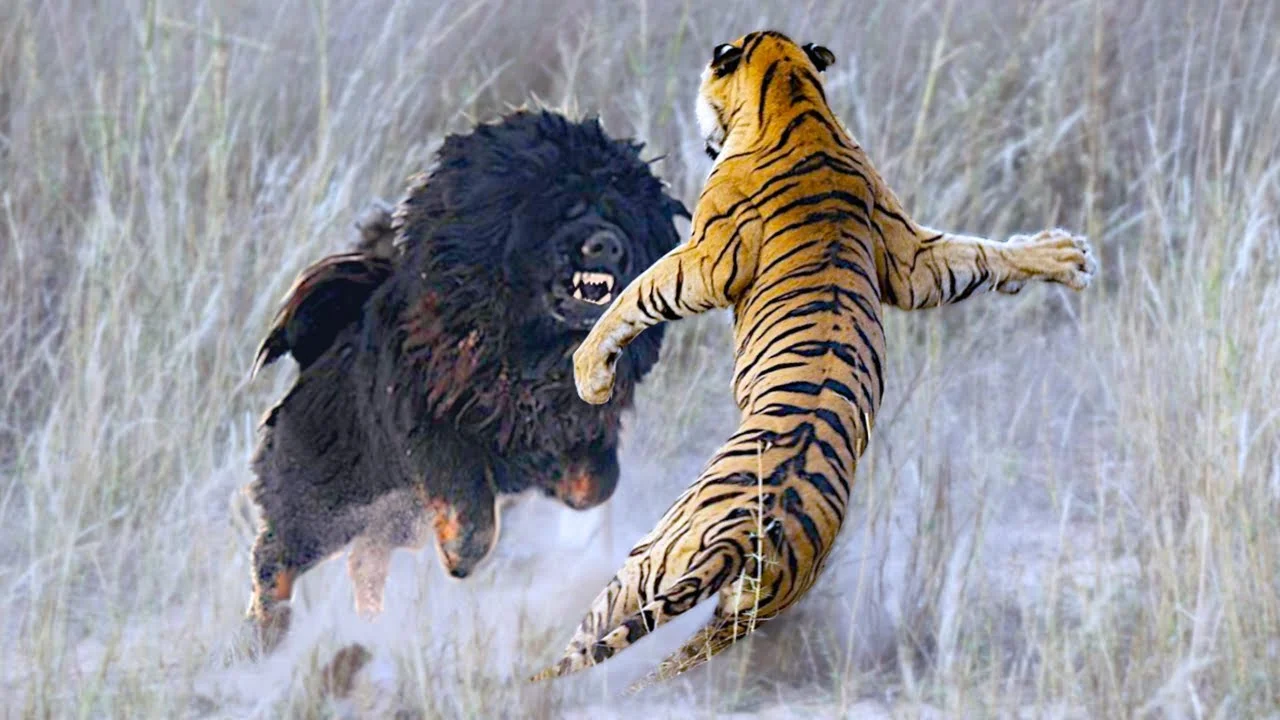If all animals were the same size, it would have a profound impact on the ecological balance of the planet, as the size of an animal is an important factor in its behavior, diet, and interactions with other species.
One of the most significant impacts would be on the food chain, as the size of an animal often determines its place in the food chain. For example, if all animals were the same size, predators that are currently smaller than their prey would no longer be able to hunt them, while herbivores that are currently smaller than their predators would no longer be at risk of being eaten. This could lead to a significant shift in the population dynamics of many species, which could have far-reaching consequences for the overall health of ecosystems.

Additionally, the size of an animal can also impact its ability to move, reproduce, and survive in different environments. For example, animals that are currently small may be able to take advantage of microhabitats or hide from predators, while larger animals may be able to migrate further or access food sources that are not available to smaller animals. If all animals were the same size, these advantages and disadvantages would be eliminated, which could lead to changes in the distribution and abundance of species across different habitats.
Finally, the unique features and adaptations that currently exist in animals of different sizes would likely disappear if all animals were the same size. For example, the long neck of a giraffe or the powerful jaws of a crocodile would no longer confer an advantage in their respective environments, and these species may need to adapt in other ways to survive.
In conclusion, if all animals were the same size, it would have a profound impact on the ecological balance of the planet, with far-reaching consequences for the distribution, abundance, and behavior of species across different habitats.




